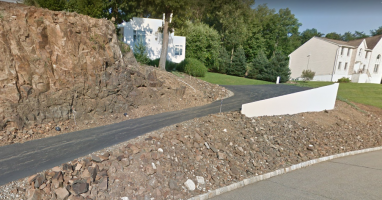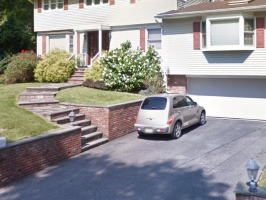Please tell me if my logic and reasoning is correct:
The scope of the IRC code states it applies to the construction of "accessory structures"
Accessory structures are defined as "a structure that is accessory to and incidental to that of the dwelling and that is located on the same lot"
And structure is defined as "that which is built or constructed" With all that in mind:

So if there's a 48 inch high retaining wall at the lot line between two properties, with a vertical drop onto concrete, am I correct to presume that a guard should be required? "Walking surface" is not defined within the code however, the common sense meaning (to me) is a surface that can be walked on; be it asphalt, lumber, grass, etc. And this particular surface would be walked on by landscapers, HVAC technicians, etc from time to time. As such, the risk of falling 4 feet onto concrete exists.
Have I missed anything? Many thanks!
The scope of the IRC code states it applies to the construction of "accessory structures"
Accessory structures are defined as "a structure that is accessory to and incidental to that of the dwelling and that is located on the same lot"
And structure is defined as "that which is built or constructed" With all that in mind:

So if there's a 48 inch high retaining wall at the lot line between two properties, with a vertical drop onto concrete, am I correct to presume that a guard should be required? "Walking surface" is not defined within the code however, the common sense meaning (to me) is a surface that can be walked on; be it asphalt, lumber, grass, etc. And this particular surface would be walked on by landscapers, HVAC technicians, etc from time to time. As such, the risk of falling 4 feet onto concrete exists.
Have I missed anything? Many thanks!





